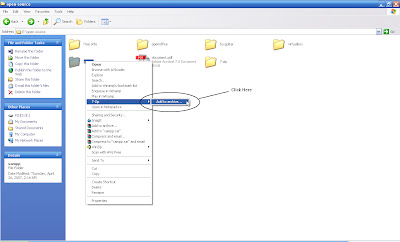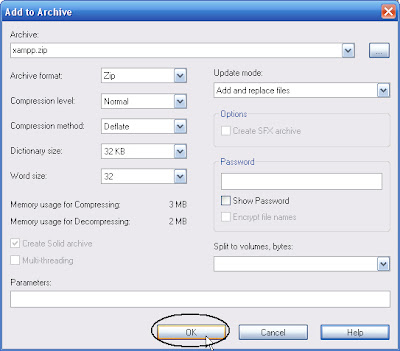7-Zip is open source software. Most of the source code is under the GNU LGPL license. The AES code is under a BSD LICENSE. The unRAR code is under a mixed license: GNU LGPL + unRAR restrictions. Check license information here: 7-Zip license. (ref: from the 7-zip webiste)
(ps: even compression formula also has a license!!! this is real world is all about!!!!)
The main features of 7-zip:
- High compression ratio in new 7z format with LZMA compression
- Supported formats:
- Packing / unpacking: 7z, ZIP, GZIP, BZIP2 and TAR
- Unpacking only: RAR, CAB, ISO, ARJ, LZH, CHM, Z, CPIO, RPM, DEB and NSIS
- For ZIP and GZIP formats, 7-Zip provides a compression ratio that is 2-10 % better than the ratio provided by PKZip and WinZip
- Self-extracting capability for 7z format
- Integration with Windows Shell
- Powerful File Manager
- Powerful command line version
- Plugin for FAR Manager
- Localizations for 63 languages (got malay)
Get the software from its main site http://www.7-zip.org/. Choose the non-beta version at the top at the home page. Then install as usual...
Screenshots
1. To compress a folder/file, right-click any folder/file, then choose choose 7-zip->add to archieve...

2. Then.. u get several options as shown in the screenshot below. Just press "ok" to get the default option, otherwise you can press "help" for further reading.

Ok.. i'm quite busy next month (vacation: london+berlin+venice), will update as soon as I get back... happy holiday!!!




